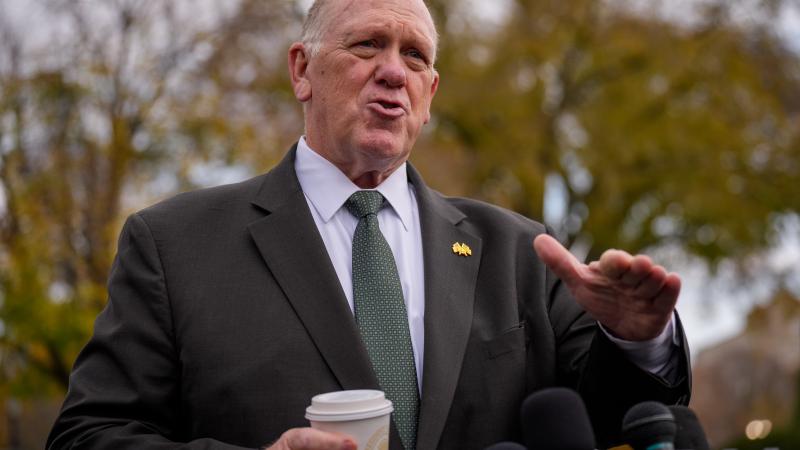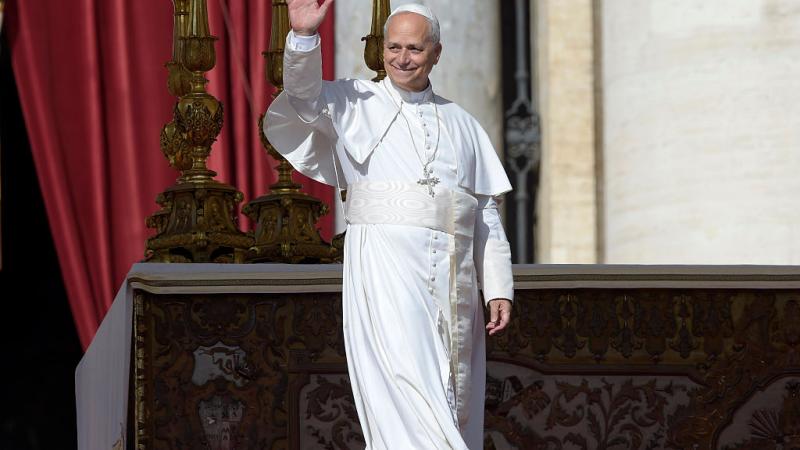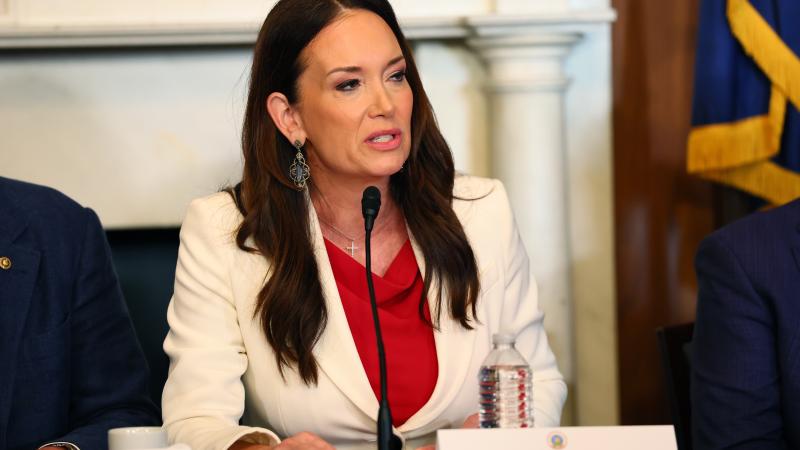Pentagon's $278 million failure to eradicate ISIS from Philippines exposed
Three years later, Operation Pacific Eagle-Philippines has failed to diminish the presence of ISIS in the Philippines, IG says
The Golden Horseshoe is a weekly designation from Just the News intended to highlight egregious examples of wasteful taxpayer spending by the government. The ward is named for the horseshoe-shaped toilet seats for military airplanes that cost the Pentagon a whopping $640 each back in the 1980s.
This week, our award goes to the Defense Department for spending $278 million on efforts to reduce terrorism in the Philippines. According to a recently released Inspector General report, the pricey efforts “do not appear to have made a substantial difference.”
Operation Pacific Eagle-Philippines (OPE-P) was launched in 2017 to support the government of the Philippines in its effort to counter and dismantle ISIS affiliates and other extremists groups in the region. The operation was launched by the U.S. Secretary of Defense and is executed in conjunction with the U.S. Indo-Pacific Command, the U.S. Department of State, and the U.S. Agency for International Development. The primary goal of OPE-P is to provide the Philippine military with resources to fight ISIS-EA (the East Asian branch of the global terror network), its affiliate groups, and other terrorist cells in the area.
However, despite the hundreds of millions of taxpayer dollars being funneled into the operation, the quarterly report from the DOD Inspector General estimates that 300-500 ISIS actors remain active across the Philippine islands, a number that “remained unchanged from previous quarters.”
In April, 40 ISIS militants attacked members of the Philippine Armed Forces, killing 12 and wounding an additional 13. The IG report describes the attack as the deadliest one in 15 months. In 2019, a suicide bombing at a church on the southwestern island of Jolo killed 23 and injured more than 100.
Past quarterly reports have yielded similar conclusions about the ongoing status of terrorist groups in the region. Since 2018, “there has been little change in the capabilities, size, financing, and operations of ISIS-EA.” Terror groups on the islands continue to carry out mostly small-scale, sporadic attacks, and have remained “about the same size and strength for the last few years” — indicating that very little has changed for the region’s fight against terror in the time since the inception of Operation Pacific Eagle-Philippines. Furthermore, the 56-page report reveals that the ISIS agents’ ability to secure financing for their attacks has not diminished over the course of OPE-P.
So far, in 2020 the U.S. government has contributed $70 million to the OPE-E, despite its apparent inability to diminish the number of ISIS militants in the Philippines. In 2019 that number was $108 million, and the year prior, just upwards of $100 million.
Regardless of OPE-P’s lackluster results, the Pentagon and other U.S. agencies will continue funding the operation as the Armed Forces of the Philippines rely heavily on “U.S.-provided intelligence, air assets, and other support to conduct counterterrorism operations.”
One potentially significant set back for OPE-P, is the release of close to 10,000 criminals across the Philippine islands, many of whom U.S. authorities believe sympathize with and will join terrorist cells around the are. The coronavirus pandemic forced the country to release jailed individuals due to extreme overcrowding in the nation’s prison system. though the intention of the Philippine government was to “keep violent criminals and terrorists incarcerated,” U.S. Special Operations Command-Pacific believes that even non-violent offenders, who have now been released, have likely been recruited into ISIS-EA during their time in jail.















